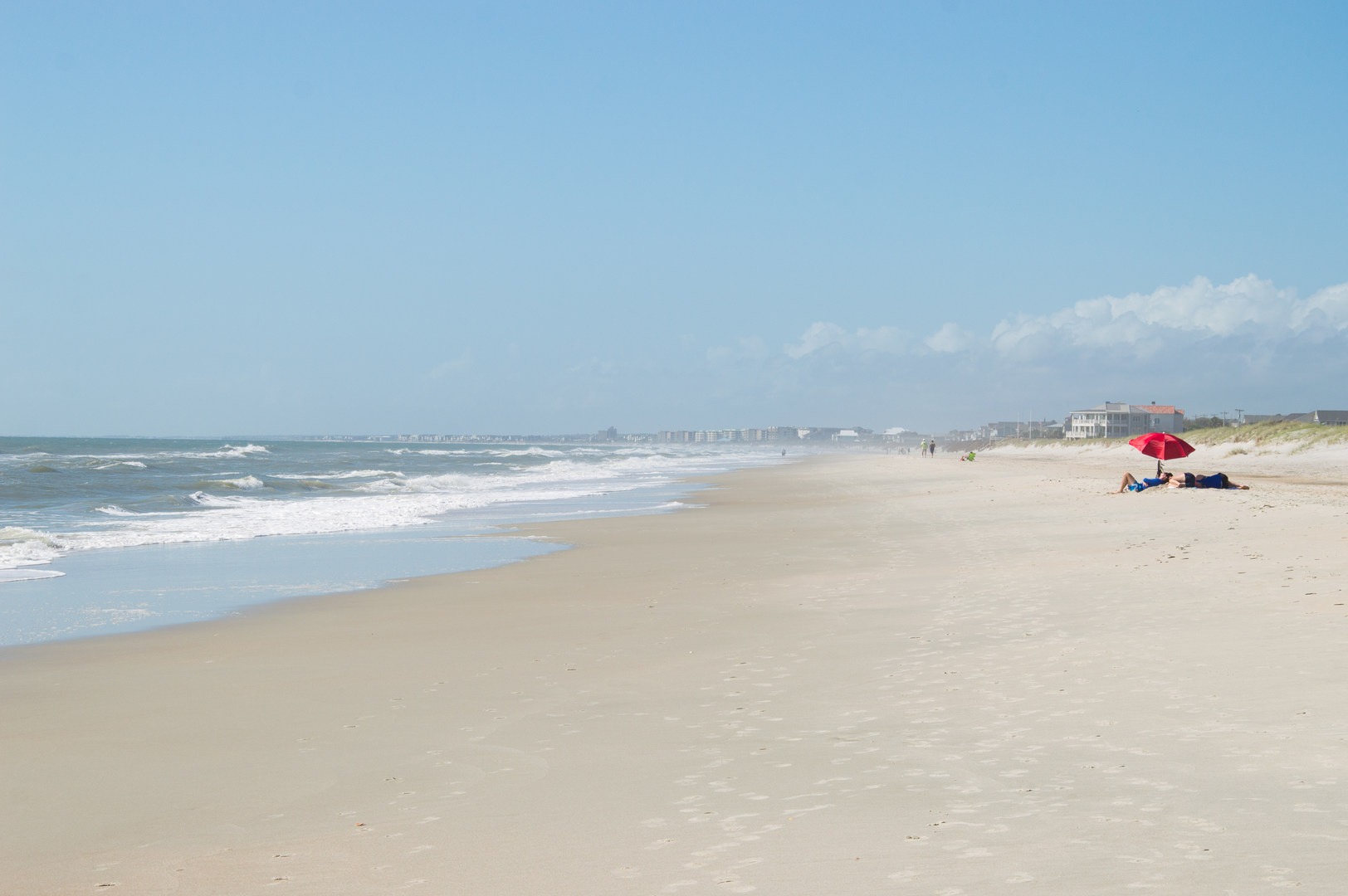You are here
Huntington Beach is one of South Carolina's most visited state parks. This is mainly because of the popularity of its beach, but as a wildlife haven and historical attraction, it has much more to offer in its compact but diverse area. Though it has certainly become a tourist destination, Huntington Beach has retained the feel of a neighborhood park in many ways. Examples are friendly staff that include volunteers, clean facilities, and a simple layout that is easy to navigate. It is regularly visited by locals, frequented by school field trips and other groups, and commonly hosts community events. Travelers are welcomed, too, and a large campground near the beach invites extended stay.
Atalaya
The beach and park are named after Archer and Anna Hyatt Huntington, a wealthy and influential couple from New York who built a winter home here and later passed on their property as a public park. The home was Atalaya, a mansion designed by Mr. Huntington in classic Moorish style. They used it from the 1930s through the 1940s, and Mrs. Huntington, who was a renowned sculptor, enjoyed the seaside environment for working outdoors. Today you can see the rooms and courtyards of Atalaya on a self-guided or docent-led tour. Sculptures of Mrs. Huntington's and others work can be seen nearby at Brookside Gardens.
Beach
Huntington Beach is a 3-mile stretch of sand on the Atlantic Ocean. It is fairly typical of other beaches in the region, but it has the benefits of easy public access, showers, changing rooms, restrooms, picnic areas, boardwalks, and multiple activities close by in the state park. It is open to walking, running, paddling, fishing, beachcombing, and dogs. Dogs must be on a leash at all times and are not allowed on the north half of the beach because it is a bird sanctuary. Get to the beach from either South Access near Atalaya and the visitor center or from North Access on Jetty Road.
Wildlife
Huntington Beach is a great place for spotting wildlife, and it is especially loved by birders. More than 300 species have been spotted in the park, which includes year-round residents as well as migratory visitors. The park is also home to alligators, foxes, minks, sea turtles, lizards, and many other critters. You may spot them anywhere in the park, but a few places offer especially good chances.
The best place is the Causeway, which doesn't look or sound like much. It is simply the road that crosses the marsh near the park entrance, but its location between fresh and saltwater makes it a hotspot for birds. You are likely to see alligators here as well. Simply stroll along the walkway beside the road and keep your eyes peeled. You are certain to see animals, and usually within close distance.
Approximately half of the coastline within the park is preserved as a bird sanctuary, where certain restrictions like a prohibition of dogs provides especially good habitat. Use the North Beach Access and continue northward from there along the sand to enter the bird sanctuary. Any hiking trails in the park present good opportunities as well, especially because they link different types of habitat like forest, marsh, and beach.
Hiking
- Boardwalk: A short and easy walk over salt marsh where you can get a good look at this crucial coastal environment. The marsh is where crabs, oysters, and many other shellfish thrive, fish hatch their eggs, and birds find plenty of food. A watchtower and viewing scopes along the boardwalk assist in wildlife spotting.
- Kerrigan Nature Trail: A short path to a viewing platform over a freshwater lagoon, where you may spot different types of animals than in the saltwater marsh.
- Sandpiper Pond Nature Trail: This is the longest trail in the park, at 2 miles one way. It passes through salt marsh and shady coastal forest in a quiet part of the park that fewer people explore.
Camping
Huntington Beach State Park Campground provides RV and vehicle sites as well as a few walk-in tent sites. The campground offers plenty of amenities like restrooms and hot showers. It is also easy walking distance to the beach, and it is conveniently central to the rest of the park. Dogs are allowed, but are they restricted in certain other areas.
Other Activities
- Fishing: This is one of the park's most popular activities, and the fishing here can be especially good. With a state license, you can fish in fresh or saltwater in most parts of the park. One of the best spots for surf fishing is the jetty at the far north end of the beach. With a boat, you can also access Murrell's Inlet, a network of salt marsh and tidal creeks.
- Boating: Both motorized and nonmotorized boating is allowed in the ocean and inlet. You can launch kayaks and paddleboards on the beach. There is no boat ramp for motorboats within the park, but there is one nearby at Oyster Landing.
- Biking: Bicycles are great way to get around the park. You can ride on any park roads and on pathways near the beach.
Logistics + Planning
Current Weather: Powered by Dark Sky
























Comments
Sign In and share them.